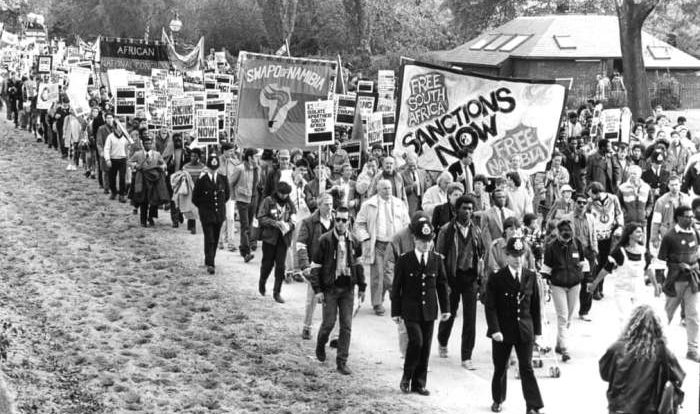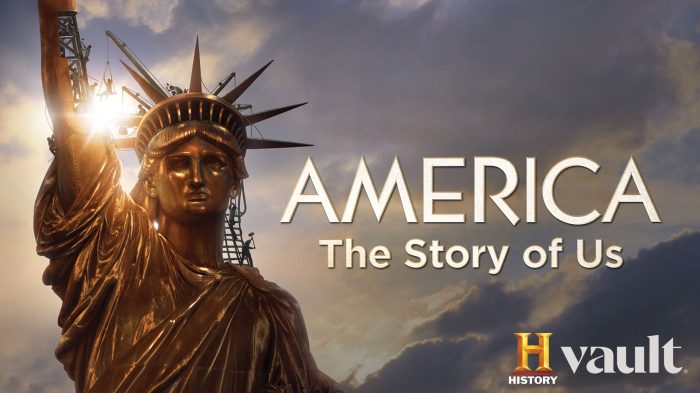Embarking on a journey through time, we delve into the captivating era of the 1950s America in Color Worksheet Answers. This comprehensive resource unveils the intricate tapestry of American society, culture, and politics during a transformative decade that left an enduring legacy on the nation.
From the vibrant hues of popular culture to the profound social and economic shifts, this worksheet unravels the complexities of post-war America, offering a glimpse into a period that shaped the course of history.
American Culture in the 1950s
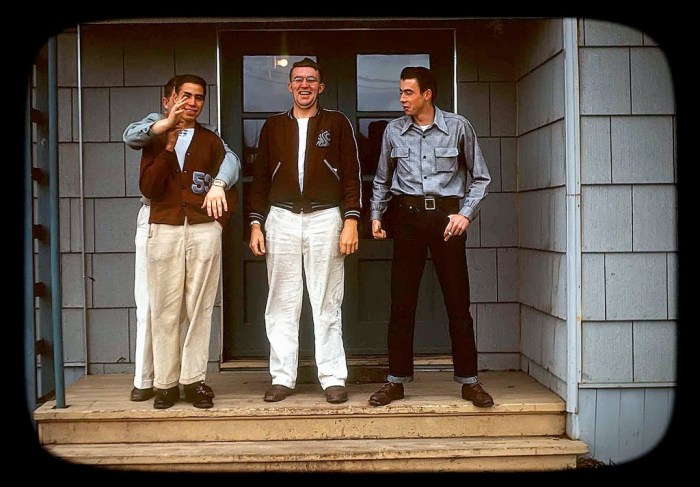
The 1950s marked a period of significant economic prosperity and cultural transformation in the United States. This decade witnessed the rise of television, the growth of consumerism, and the changing roles of women.
Economic Prosperity, The 1950s america in color worksheet answers
The post-World War II economic boom led to increased consumer spending and a rise in the standard of living. The development of new technologies, such as the automobile and the television, created new industries and job opportunities.
Influence of Television and Mass Media
Television became a dominant force in American popular culture during the 1950s. It shaped social norms and values, and it played a major role in the rise of consumerism. Mass media, including magazines and newspapers, also contributed to the spread of new ideas and trends.
Changing Roles of Women
The 1950s witnessed a shift in the traditional roles of women. More women entered the workforce, and they began to play a more active role in public life. However, women were still largely confined to domestic roles, and they faced significant discrimination in the workplace and in society.
Social Landscape of the 1950s
The social landscape of the 1950s was shaped by a number of factors, including the Cold War, the Civil Rights Movement, and the rise of suburbia.
Social Norms and Values
The 1950s were characterized by a strong emphasis on conformity and traditional values. Social norms dictated that women should stay home and raise children, while men should be the breadwinners. Homosexuality was widely condemned, and racial segregation was still the law of the land.
Cold War
The Cold War had a profound impact on American society. The threat of nuclear war led to a climate of fear and paranoia, and it also contributed to the rise of McCarthyism.
Civil Rights Movement
The Civil Rights Movement gained momentum in the 1950s. Led by figures such as Martin Luther King Jr., the movement fought for equal rights for African Americans. The Brown v. Board of Education decision in 1954 was a major victory for the movement, and it helped to pave the way for desegregation.
Economic Transformation in the 1950s: The 1950s America In Color Worksheet Answers
The 1950s witnessed a period of significant economic transformation. The post-World War II economic boom led to the rise of suburbs and the growth of the middle class.
Factors Contributing to Economic Boom
- Increased consumer spending
- Government spending on infrastructure and defense
- Technological advancements
Rise of Suburbs
The development of the automobile and the Federal Housing Administration (FHA) made it possible for more Americans to move to the suburbs. Suburbs offered a sense of community and a more relaxed lifestyle than cities.
Growth of Middle Class
The economic boom of the 1950s led to the growth of the middle class. More Americans could afford to buy homes, cars, and other consumer goods. The middle class became the dominant social class in the United States.
Political Climate in the 1950s

The political climate of the 1950s was dominated by the Cold War and the rise of McCarthyism.
Major Political Parties
- Democratic Party: The Democratic Party was the dominant party in the 1950s. It supported social welfare programs and a strong role for government in the economy.
- Republican Party: The Republican Party was the main opposition party. It supported a smaller role for government and lower taxes.
President Eisenhower
Dwight D. Eisenhower was elected President in 1952. He was a popular and respected figure, and he helped to ease tensions during the Cold War.
McCarthyism
McCarthyism was a period of political repression in the United States during the 1950s. It was led by Senator Joseph McCarthy, who accused many people of being communists without evidence.
Cultural Expressions of the 1950s
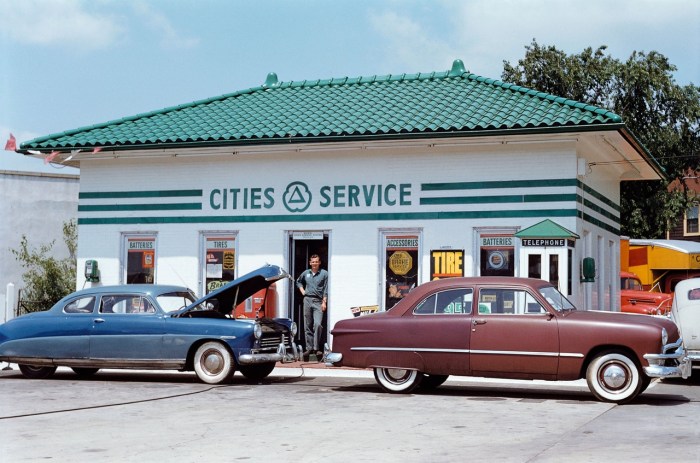
The 1950s witnessed a number of significant cultural expressions, including the rise of rock and roll, the Beat Generation, and the emergence of new art forms.
Popular Music and Fashion
Rock and roll became the dominant form of popular music in the 1950s. It was characterized by its fast tempo and rebellious lyrics. Elvis Presley was one of the most popular rock and roll stars of the era.
Beat Generation
The Beat Generation was a group of writers and artists who rejected the materialism and conformity of the 1950s. They celebrated individuality and creativity.
New Art Forms
The 1950s saw the emergence of new art forms, such as abstract expressionism and pop art. Abstract expressionism was characterized by its use of bold colors and brushstrokes, while pop art drew inspiration from popular culture.
Historical Significance of the 1950s
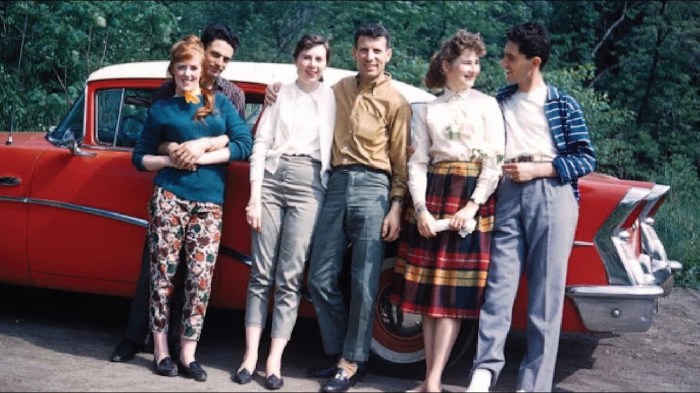
The 1950s was a decade of significant change and transformation in the United States. The economic boom, the rise of television, and the changing roles of women all had a lasting impact on American society.
Key Events and Trends
- Post-World War II economic boom
- Rise of television
- Changing roles of women
- Cold War
- Civil Rights Movement
Impact on American Society
The 1950s had a profound impact on American society. The economic boom led to a rise in the standard of living and the growth of the middle class. Television became a dominant force in popular culture, and it helped to shape social norms and values.
The Civil Rights Movement made significant progress towards achieving racial equality.
Influence on Contemporary Life
The 1950s continue to influence contemporary life. The rise of consumerism and the growth of the middle class are two of the most significant legacies of the decade. The Civil Rights Movement also had a lasting impact, and it helped to pave the way for the civil rights movement of the 1960s.
Expert Answers
What were the key economic factors that contributed to the post-war economic boom?
The post-war economic boom was fueled by a surge in consumer spending, government investment in infrastructure and defense, and the expansion of the suburbs.
How did the Cold War influence American society and foreign policy?
The Cold War had a profound impact on American society, leading to increased defense spending, the rise of McCarthyism, and a heightened sense of national security.
What were the major social changes that occurred during the 1950s?
The 1950s witnessed significant social changes, including the rise of the suburbs, the increasing role of women in the workforce, and the emergence of a youth culture.
